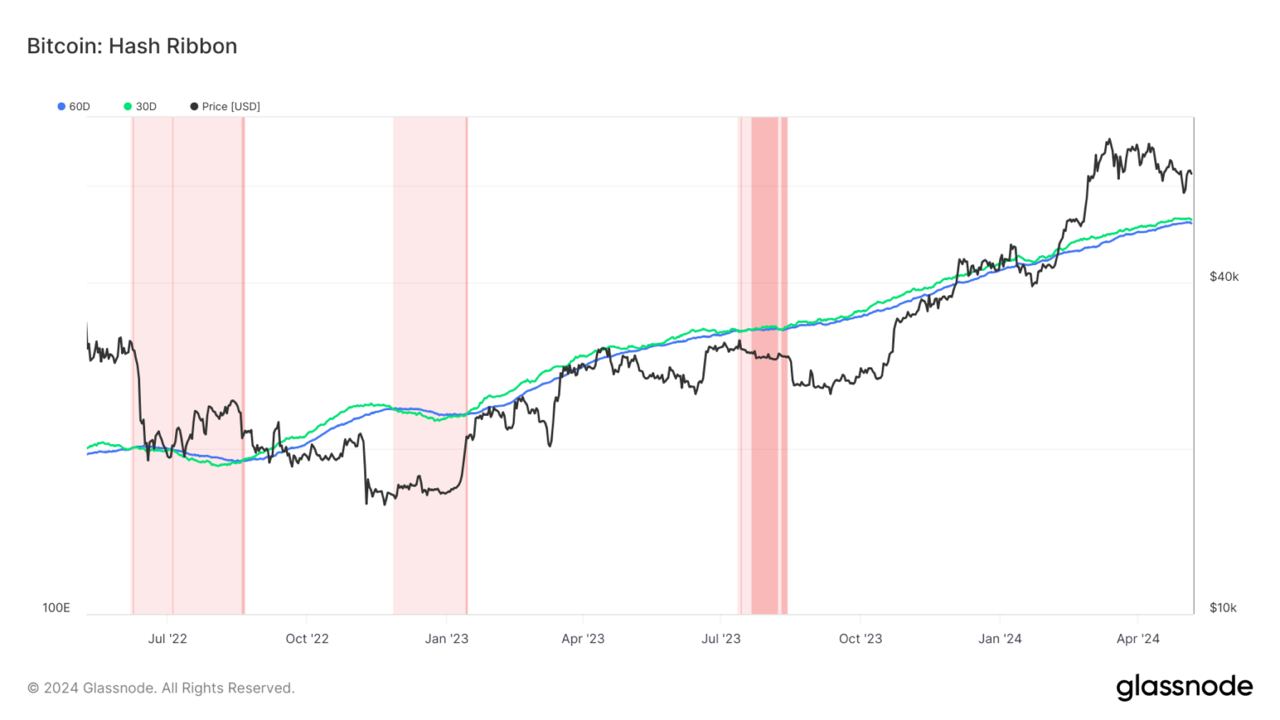
Bitcoin Mining Difficulty Set for Sharpest Drop Since FTX Collapse
By: TOGRP
May 8, 2024 11:12 PM / 0 Comments Banking and Finance Bitcoin In Brief News Blockchain ZentaPost
As the Bitcoin network braces for its most significant mining difficulty adjustment since the tumultuous FTX collapse, stakeholders across the cryptocurrency landscape are evaluating the implications. This anticipated decrease in mining difficulty not only highlights the adaptive nature of Bitcoin's underlying technology but also signals shifts in miner behavior and broader economic conditions.
Understanding Mining Difficulty Adjustments
What is Mining Difficulty?
Bitcoin mining difficulty is a measure that reflects how hard it is to find a new block in Bitcoin's blockchain. This difficulty adjusts approximately every two weeks, or every 2016 blocks, to ensure that the time between new blocks remains about 10 minutes on average, despite fluctuations in mining power.
The Role of Adjustments
These periodic adjustments are crucial for maintaining the network’s stability and security. If mining power increases, the difficulty rises, and if mining power decreases, the difficulty drops. This self-balancing mechanism ensures that Bitcoin's block production rate remains consistent.
The Impact of the Anticipated Drop
Why Is Difficulty Dropping?
The expected sharp decrease in mining difficulty is largely attributed to a reduction in global mining activity. Several factors contribute to this downturn, including:
- High Energy Costs: Increasing energy prices have made mining less profitable, especially in regions with higher electricity rates.
- Market Volatility: The lingering effects of market disruptions, such as the FTX collapse, have led to cautious investment in mining operations.
- Technological Shifts: As older, less efficient mining rigs become obsolete, there's a temporary reduction in mining power until newer models become more widespread.
Potential Consequences
A lower mining difficulty may have several implications:
- Increased Mining Profitability: For miners still operational, reduced difficulty means that mining new blocks requires less computational power, potentially increasing profitability.
- Enhanced Network Participation: Lower barriers to entry could encourage new miners to join the network, promoting decentralization.
- Short-Term Price Volatility: Historical patterns suggest that significant shifts in mining difficulty can influence Bitcoin’s price, although the direction and magnitude of this impact can vary.
Challenges and Opportunities
While a decrease in mining difficulty can present opportunities, it also underscores the challenges within the mining industry and broader crypto economy.
Economic Pressures
The global economic environment continues to exert pressure on the cryptocurrency sector, influencing everything from hardware costs to investor sentiment.
Technological Innovations
Advancements in mining technology could mitigate some negative impacts. More efficient mining rigs that consume less electricity could help stabilize the sector.
Conclusion
The sharp drop in Bitcoin mining difficulty serves as a reminder of the dynamic nature of cryptocurrency mining and its sensitivity to economic and technological changes. As the industry navigates these shifts, the resilience and adaptability of Bitcoin’s decentralized network continue to be tested.
FAQs
1. What causes Bitcoin mining difficulty to change?
Bitcoin mining difficulty adjusts based on the total computing power of the network to maintain a constant block time of about 10 minutes.
2. What does a decrease in mining difficulty signify?
A decrease usually indicates a reduction in mining power, often due to factors like high energy costs or market instability.
3. How does mining difficulty impact Bitcoin miners?
Changes in difficulty affect miners' profitability. A lower difficulty reduces the computational effort needed to mine new blocks, potentially increasing profitability.
4. Can changes in mining difficulty affect Bitcoin's price?
Yes, significant changes in mining difficulty can lead to price volatility, although predicting the exact impact can be complex.
5. What future trends could influence mining difficulty?
Economic conditions, energy costs, and technological advancements in mining equipment are key factors that will continue to influence Bitcoin mining difficulty.
